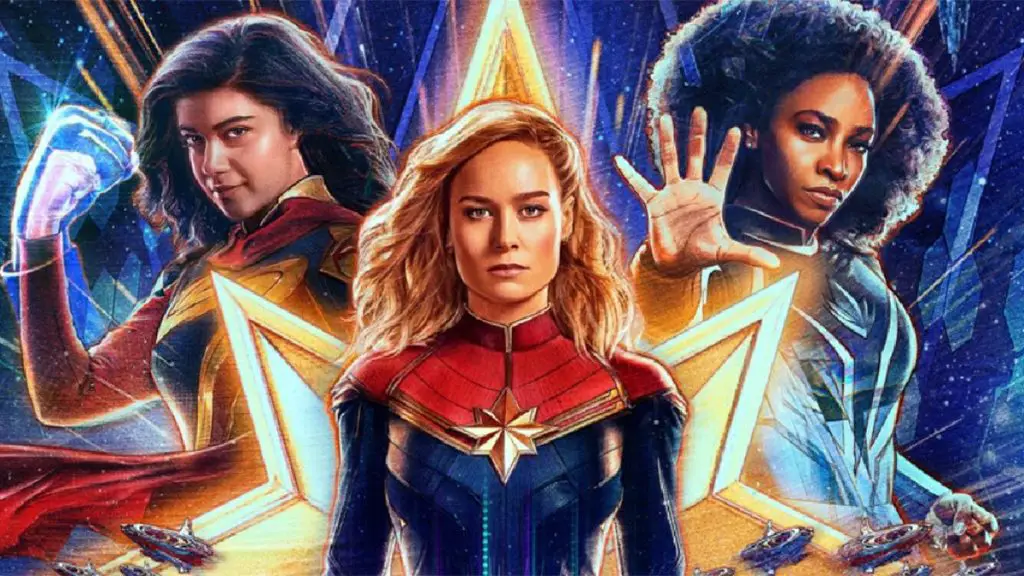The Marvel Cinematic Universe’s latest release, “The Marvels,” has experienced a dramatic and record-breaking drop in its box office revenue in its second weekend. This decline has not only caught the attention of the industry but also set a new low in the history of comic book movies, surpassing even the previously notorious drop of “Morbius.”
In its opening weekend, “The Marvels” showed promising results, but the following weekend told a different story. Domestically, the film managed to earn only around $10.2 million, a stark contrast to its initial earnings. This figure represented a steep 78% drop compared to its first-weekend revenue of approximately $46.1 million. Internationally, it fared slightly better, bringing in an additional $19.5 million, but this was not enough to offset the dramatic decline.
The film’s performance is particularly notable when compared to “Morbius,” another comic book movie that faced significant challenges earlier. “Morbius” experienced a 74% drop in its second weekend, a figure that was considered substantial until “The Marvels” surpassed it with its 79% decrease. This downturn has sparked discussions and analyses within the film industry, questioning the factors that led to such an unexpected result.
As a sequel to 2019’s “Captain Marvel,” “The Marvels” was anticipated to carry forward the momentum of its predecessor. However, the sharp decline in ticket sales indicates a disconnect between the film and its audience. This downturn is not just a reflection of the movie’s reception but also contributes to a broader conversation about the current state and future of superhero films in the cinema landscape.
Analyzing the Factors Behind “The Marvels” Historic Box Office Decline
The surprising drop in “The Marvels” box office earnings raises questions about the factors contributing to its underperformance. Several aspects are worth considering, from audience reception to broader market trends.
Firstly, the critical and audience reception plays a crucial role. While “The Marvels” did not face universally negative reviews, it seems not to have resonated as strongly with audiences as its predecessor or other entries in the Marvel Cinematic Universe. This disconnect might be due to various factors, including story direction, character development, or perhaps a general sense of fatigue with the superhero genre.
Moreover, the current market dynamics in the film industry could also have influenced the film’s performance. The landscape has evolved significantly, with streaming services gaining prominence and changing how audiences consume content. This shift may have impacted the traditional box office performance metrics, as viewers now have more options than ever for entertainment.
Finally, it’s crucial to consider the broader context of the film’s release timing and marketing strategy. The success of a movie at the box office is often heavily influenced by these factors, and any missteps in timing or promotional campaigns can have a substantial impact on its performance.
In conclusion, “The Marvels‘” box office decline is a complex issue with multiple contributing factors. It serves as a case study for the film industry, highlighting the challenges and changing dynamics in today’s cinematic world. As the industry continues to evolve, it will be interesting to see how future films adapt to these changes and whether “The Marvels” experience will influence the strategies of upcoming releases.


